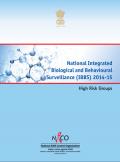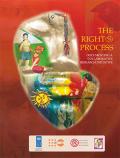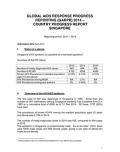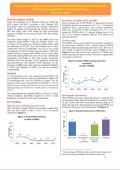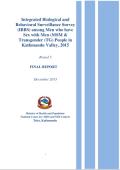Publications on Key Populations

Resource | Fact Sheets,
To end the AIDS epidemic by 2030, specific—yet flexible—strategies are needed for different age groups, populations and geographical locations. Ending the epidemic among adolescents requires amplifying investments where they can make the most difference and fostering innovation by adolescents and youth themselves, as well as governments, international organizations, civil society and the private sector.
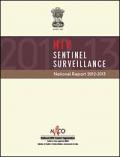
Resource | Publications,
The 13th round of HSS was implemented during 2012-13 at 750 antenatal clinics (ANC) surveillance sites, covering 556 districts across 34 states and union territories (UTs) in the country. The methodology adopted during the HSS was consecutive sampling with unlinked anonymous testing.

Resource | Fact Sheets,
Nepal has been conducting HIV and STI surveillance particularly among key populations, namely: PWID, FSW and their clients, MSM/TG, and male labor migrants for more than a decade mainly to track changes in HIV and STI prevalence along with behavioral components such as condom use. Hepatitis-B and C screening among PWID has been started in the IBBS surveys from 2015.
The size estimation of key population in districts was conducted in 2010. The population size is to be updated in every 2-3 years interval.








